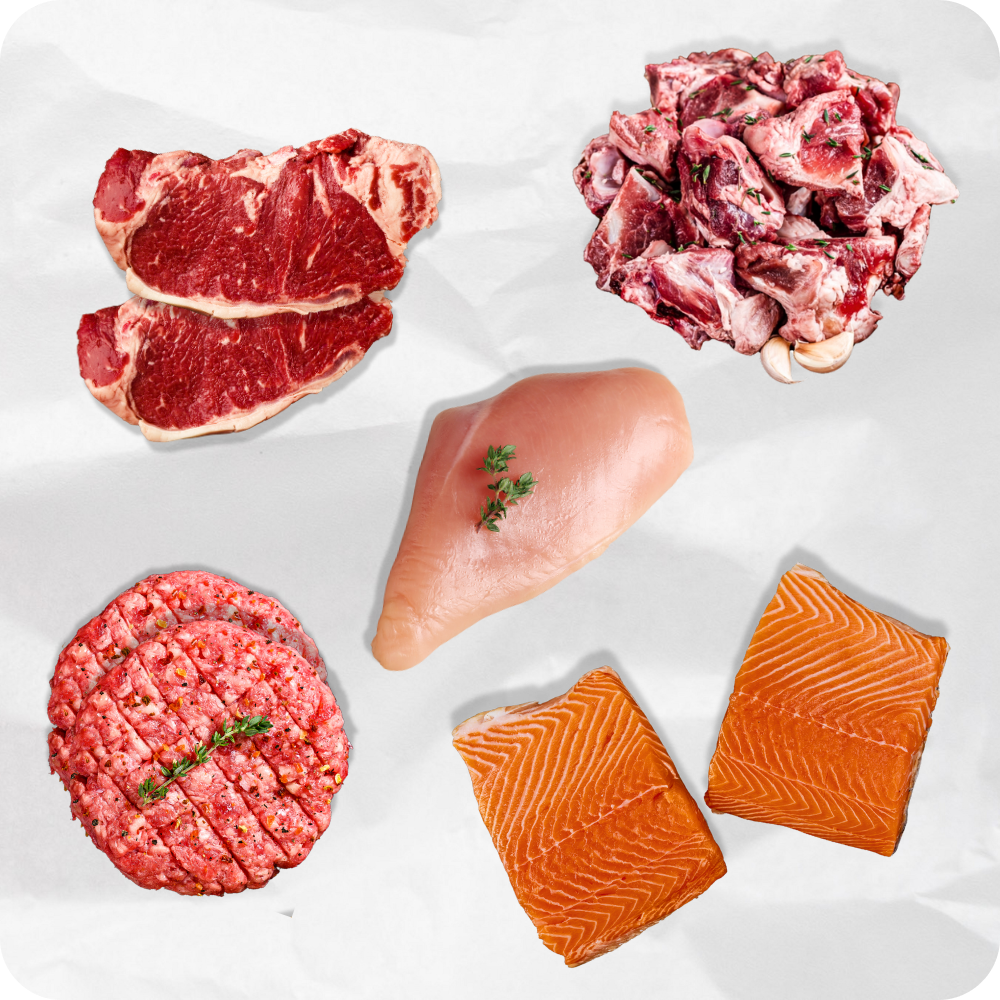
Dolma
The Dolma or Dolmak is a food originating from Ottoman cuisine, which spread to many countries in the Middle East during the Osmanlí empire. It is a fig leaf stuffed with a mixture of rice, meat, vegetables, and nuts served in a citrus sauce. And although it may seem like a simple recipe, it has centuries of history, and many variants and names.
History of the Dolma
The real origin of the Dolma is not known, but many historians agree that the first versions of the dish were the product of the need to preserve food. The Turks who inhabited the steppes of Central Asia began to practice sedentary agriculture. In principle, the vegetables were harvested and dried in summer. Then in the winter when food was scarce, they rehydrated the vegetables.
They cooked them in water, wrapped in grape leaves. In this way, the Turks adopted this food, from the beginning of their sedentary life.
This dish was spread by all the countries of the Middle East dominated by the Ottoman Empire. According to the country it is named differently. For example, in Greece it is Dolmades, Dolmen in Persia, in Armenia it is called Tolma, and Sarma in Romania. In Arabia, Azerbaijan, Bosnia, and Turkey it is known as Dolma.
Like kebabs, there are dozens of versions of this recipe. Although some elements remain constant. For example, if they are stuffed with meat, they are served hot and they work as a complete meal. If they are filled with rice and vegetables, they are served cold and can be an appetizer. But the variations are almost endless. The most frequent is the substitution of grape leaves for cabbage leaves. Or even for other vegetables such as pepper, eggplant, onion, or tomato. In other words, the word Dolma is accepted, to refer to stuffed vegetable dishes.
Tips to make the Dolma
• The ideal leaves for the Dolma are the shoots of the grapevine, that is, the youngest leaves. Very mature leaves tend to be tough, and difficult to mold.
• It is always good to buy a little more grape leaves than necessary. Because when washed they can break and will not serve as wrappers.
• For cooking it is better to use a steamer. If you don't have a steamer. You should use a pressure cooker, placing weight on top of the dolmas to prevent them from floating and falling apart.
• Dolma are steamed, but the flavors of this steam are very important to the final result of the recipe. If possible, you must put some fatty meat to cook on the bottom, also lemon juice and minced garlic. This way the grape leaves will taste delicious.
• If you do not have a steamer. The easiest way to handle the dolma for cooking is, tying them in groups of eight to ten units. To prevent them from floating and falling apart during cooking.





Leave a comment
This site is protected by hCaptcha and the hCaptcha Privacy Policy and Terms of Service apply.